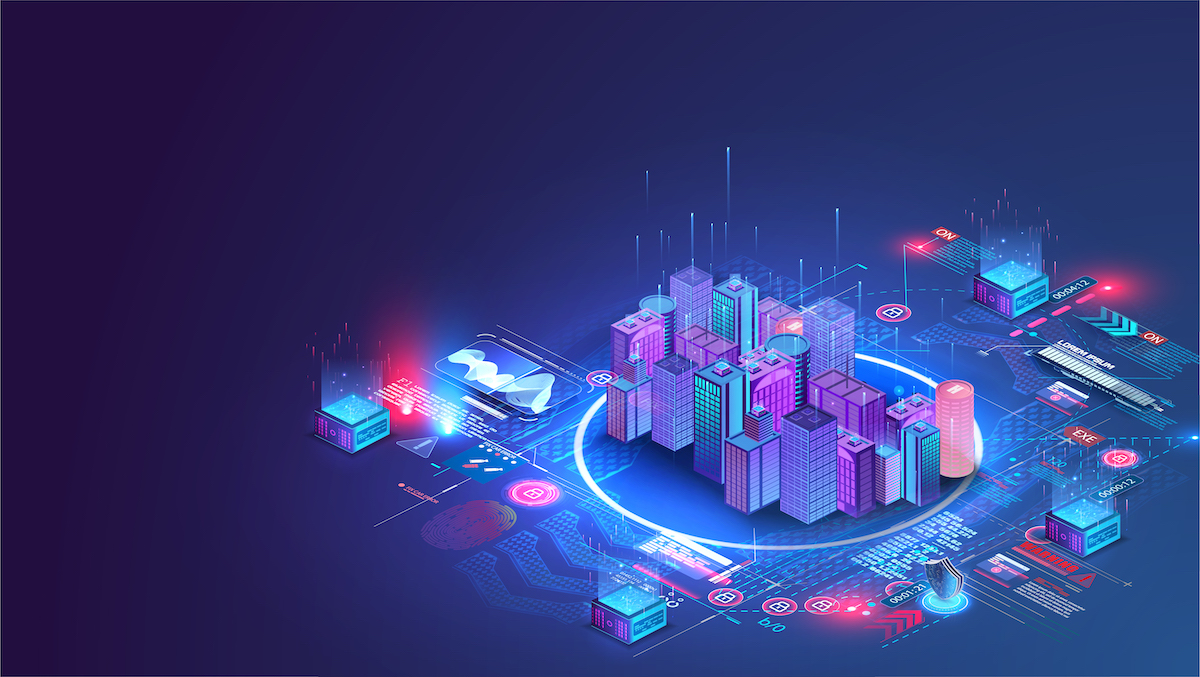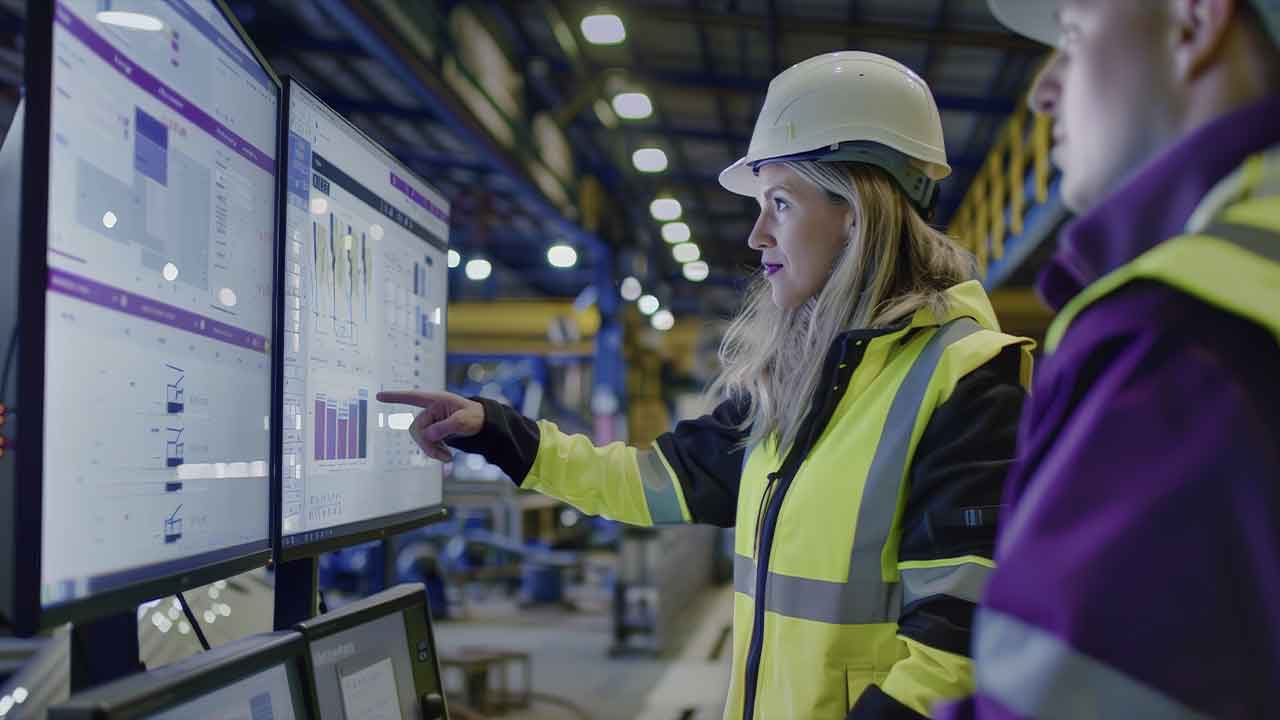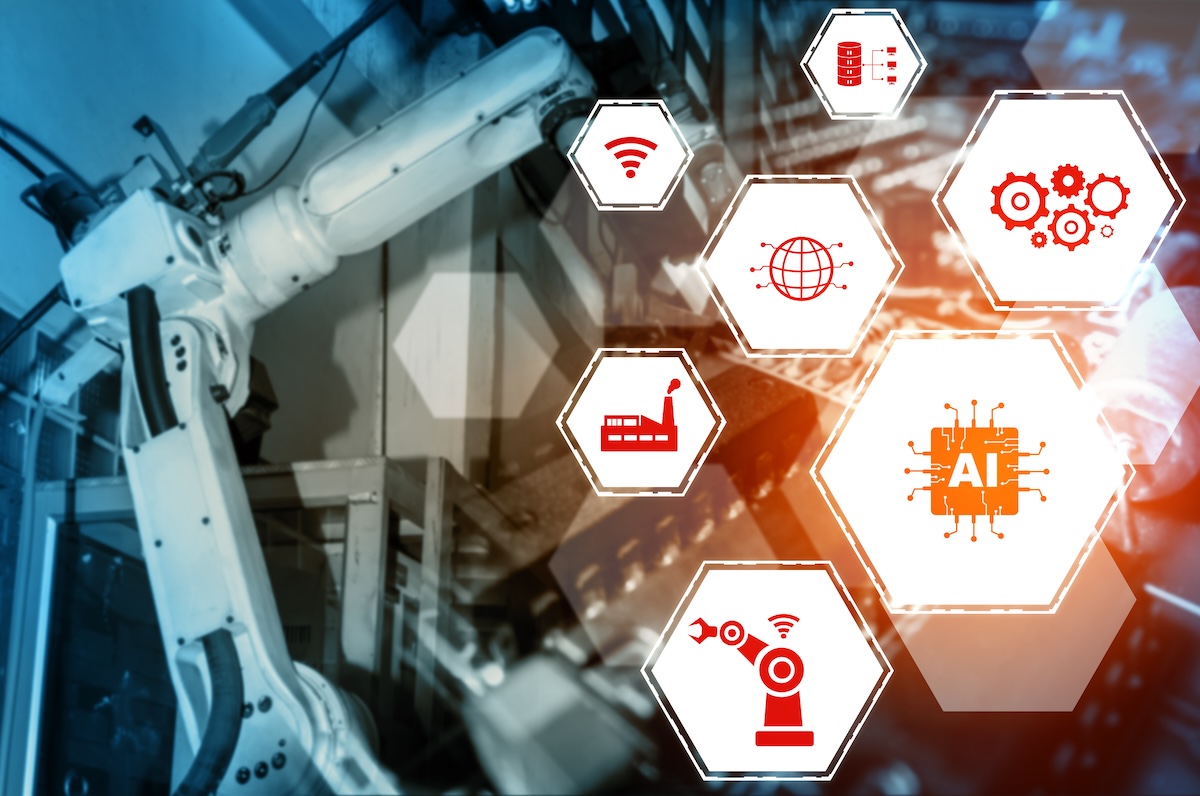Here, There…Intelligent Buildings Everywhere!
What are Intelligent Buildings?
An intelligent building is a building that maintain a practical and profitable environment by optimizing and properly connecting using technology the following elements: structure, systems, services and management. Their infrastructure is created using wired and wireless network and applications, so they are also called connected buildings and efficient buildings.
Visualize, Interpret, Anticipate…then ACT
Visualization Misjudged as Interpretation
Like most intelligent buildings and supply chains, there are challenges with disjoints between existing systems, Internet of Things (IoT)-related smart assets and other human-collected data. Efforts to improve logistical efficiency and effectiveness as well as intelligently manage new smart building data with IoT are constantly evolving.
Often asset data may not be acted upon in a uniform manner, and visualization of data is often misjudged as interpretation. Sometimes viewing statistical asset information in a graphical format may seem to present a solid solution but data is lost on how companies/techs/people respond.
• Do they even need to respond?
• How could they intelligently manage this?
• Do they have the necessary and accurate data to loop back into ML/AI solutions?
There’s a proliferation of IoT platforms, IoT systems, etc. that frequently deliver new energy technology- related information that the systems can’t keep up with—especially in aggregate between buildings and along the supply chain.
Proliferation of IoT Devices Indoors
By the year 2025, recent estimates show the world is likely to have approximately 75 billion devices connected via the Internet of Things (IoT). Most of these will be located indoors, and the intelligent building operation and maintenance affiliated with the new energy market means increased costs with continual hiring of additional full-time employees (FTEs) and outsourced resources—which is neither efficient nor sustainable. More about The Intelligent Edge: What it is, what it’s not, and why it’s useful
As new energy markets like solar scale, the cost drivers to keep pace are increasing. Pre-empting problems with intent to predict new energy technology failures is becoming essential. Additional automation is necessary to accelerate more accurate and rapid responses, saving the more meaningful, critical jobs for FTE hires.
Taking ‘Smart’ Action
Transitioning the culture from, “We have to go to the field and inspect” to “We can view alarm data and anticipate,” highlights a paradigm shift across the energy landscape.
Timing is critical. There is a need to eliminate costly investments with replacement technology, instead focusing on targeted problems to help accelerate new energy technology deployment growth in an “in, up and evolve” approach using a quick payoff technology.
Not only should we do a better job of anticipating potential failures prior to taking action, but with potential clean energy infrastructure spending budgeted close to $2 billion, the amount of smart connected building data is only going to skyrocket.
Planning for this data uptick in a methodical but strategic manner will only help harness and hone the “true” data necessary to make accurate, actionable decisions.
More about The Role of 3D Digital Twins and IIoT on the Road to Decarbonization of Buildings
FAQs about Intelligent Buildings:
What is an example of an intelligent building?
The Edge in Amsterdam is an example of an intelligent building. It incorporates features like advanced energy management, personalized climate control, and a connected lighting system to create an efficient and comfortable workspace.
What are the characteristics of intelligent building?
Characteristics of an intelligent building include integrated systems for lighting, HVAC, security, and energy management, along with data-driven decision-making, automation, and the ability to adapt to user preferences.
What is the purpose of intelligent building?
The purpose of an intelligent building is to create a more efficient, comfortable, and sustainable environment for occupants. It aims to optimize resource usage, enhance productivity, and reduce environmental impact.
What are the key intelligent factors for intelligent building?
Key intelligent factors for intelligent buildings include advanced automation and controls, data analytics for informed decision-making, energy-efficient technologies, integrated communication systems, and a focus on occupant well-being.
What is the most intelligent building in the world?
The Edge in Amsterdam is often considered one of the most intelligent buildings in the world due to its comprehensive integration of technology to enhance sustainability, comfort, and productivity.
What are the benefits of intelligent building systems?
Intelligent building systems offer benefits like energy savings, improved occupant comfort and productivity, enhanced security, reduced operational costs, and the ability to adapt to changing environmental conditions.
About the author
 Kris Brannock is an Executive Vice President at VSI, a transformative technology company that focuses on Actionable IoT™ and service. A corporate growth strategy influencer, Kris focuses her attention on disruptive innovation in IIoT and asset-intensive service. With experience on issues surrounding complex serviceable, asset- based environments, including patent pending IIoT solutions in Alarm Response Automation, she provides tangible insight for executives looking to monetize on IoT investments.
Kris Brannock is an Executive Vice President at VSI, a transformative technology company that focuses on Actionable IoT™ and service. A corporate growth strategy influencer, Kris focuses her attention on disruptive innovation in IIoT and asset-intensive service. With experience on issues surrounding complex serviceable, asset- based environments, including patent pending IIoT solutions in Alarm Response Automation, she provides tangible insight for executives looking to monetize on IoT investments.



